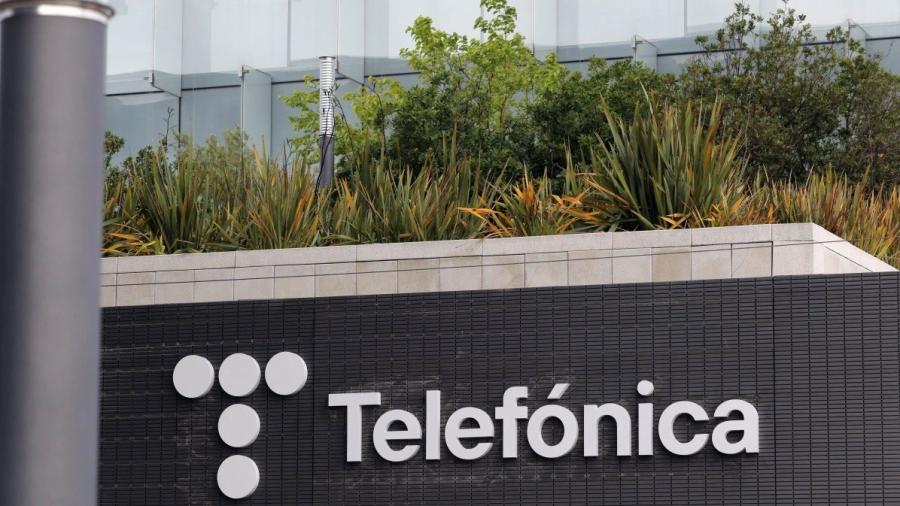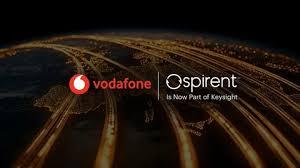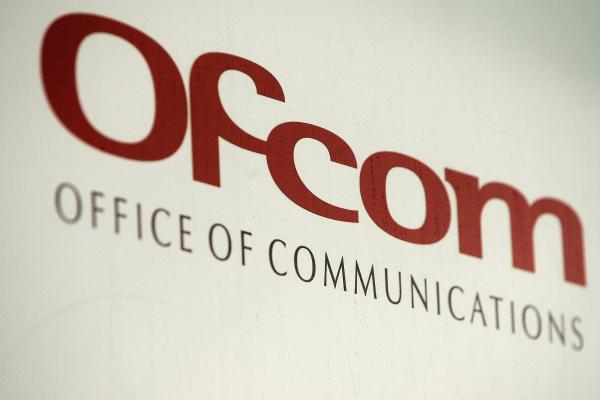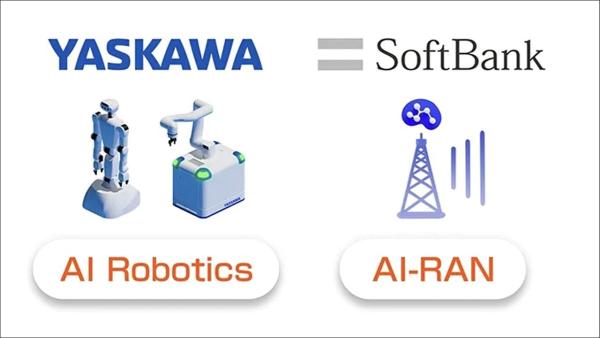Written by Yanitsa Boyadzhieva

- Operators of all kinds face mounting pressure to reduce their carbon footprint
- Telefónica has been assessing the environmental impact of connectivity solutions throughout their lifecycle
- It claims that in fixed broadband networks, fibre is nearly 20 times more efficient than copper per petabyte (PB) of data transmitted
- The environmental impact of 4G and 5G networks is dramatically less than that of legacy 2G and 3G networks
The deployment of fibre access, 4G and 5G networks delivers significant sustainability benefits to network operators, according to the results of an extensive new study of access networks by Telefónica.
In its Connectivity solutions’ Life Cycle Assessment report, the Spanish telco noted it will be promoting services based on its fibre, 4G and 5G technologies over legacy network options (copper-based broadband and 2G/3G cellular) to achieve environmental gains – and the gains are significant, the operator has found.
In addition, the operator is increasingly using renewable energy sources, as the company has found that renewable electricity has reduced the carbon impact of its network operations by more than 70% for fibre, 4G and 5G.









